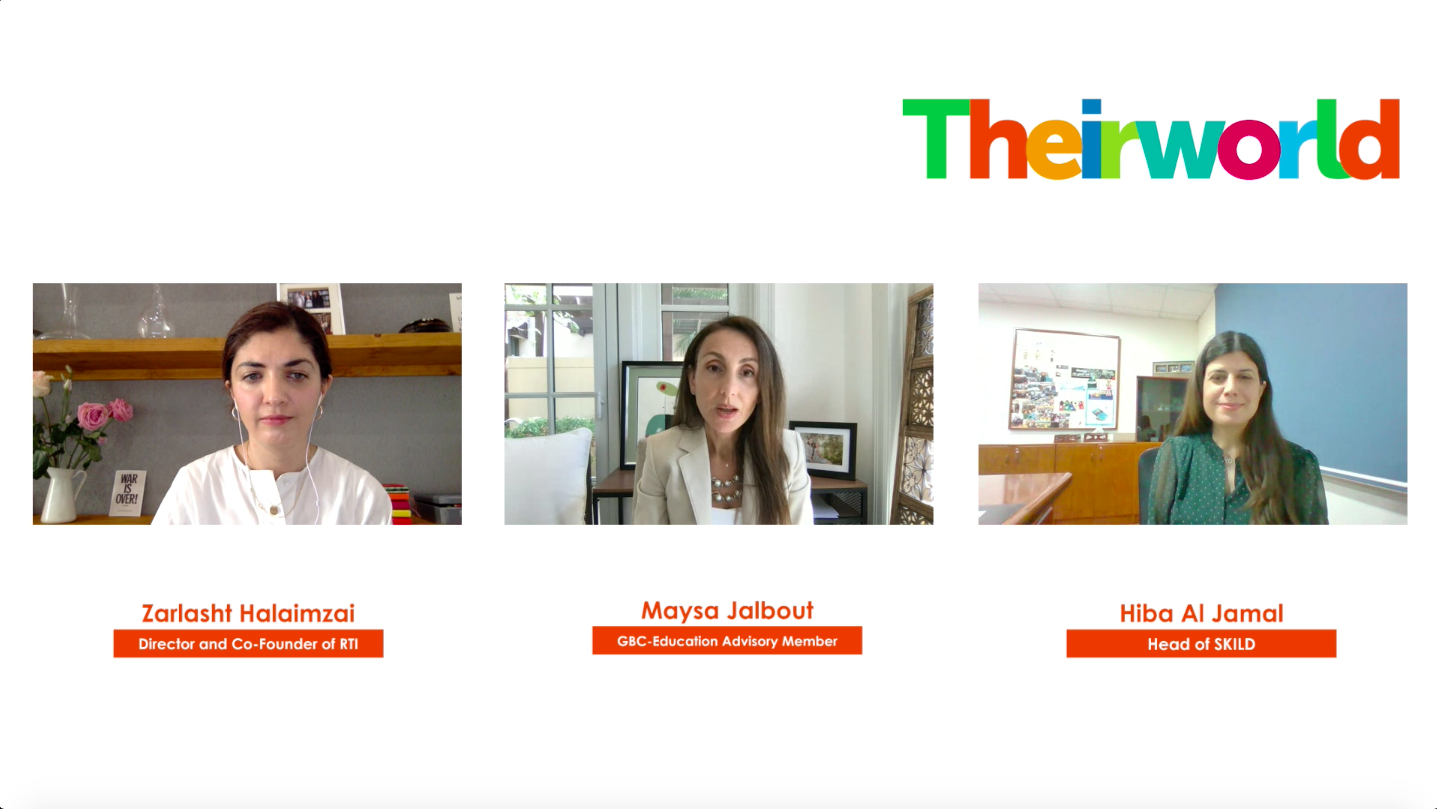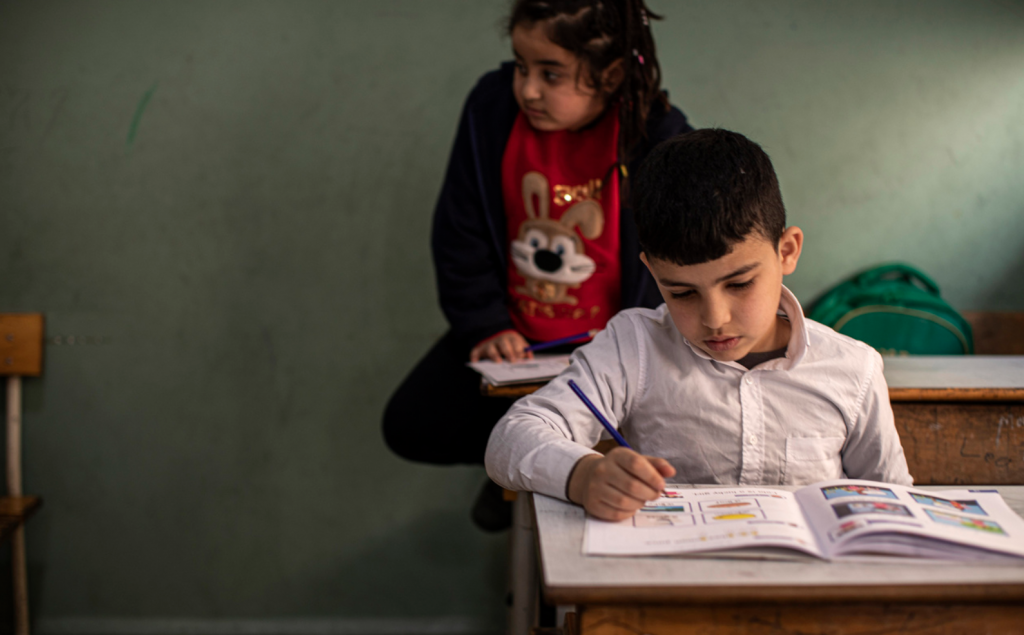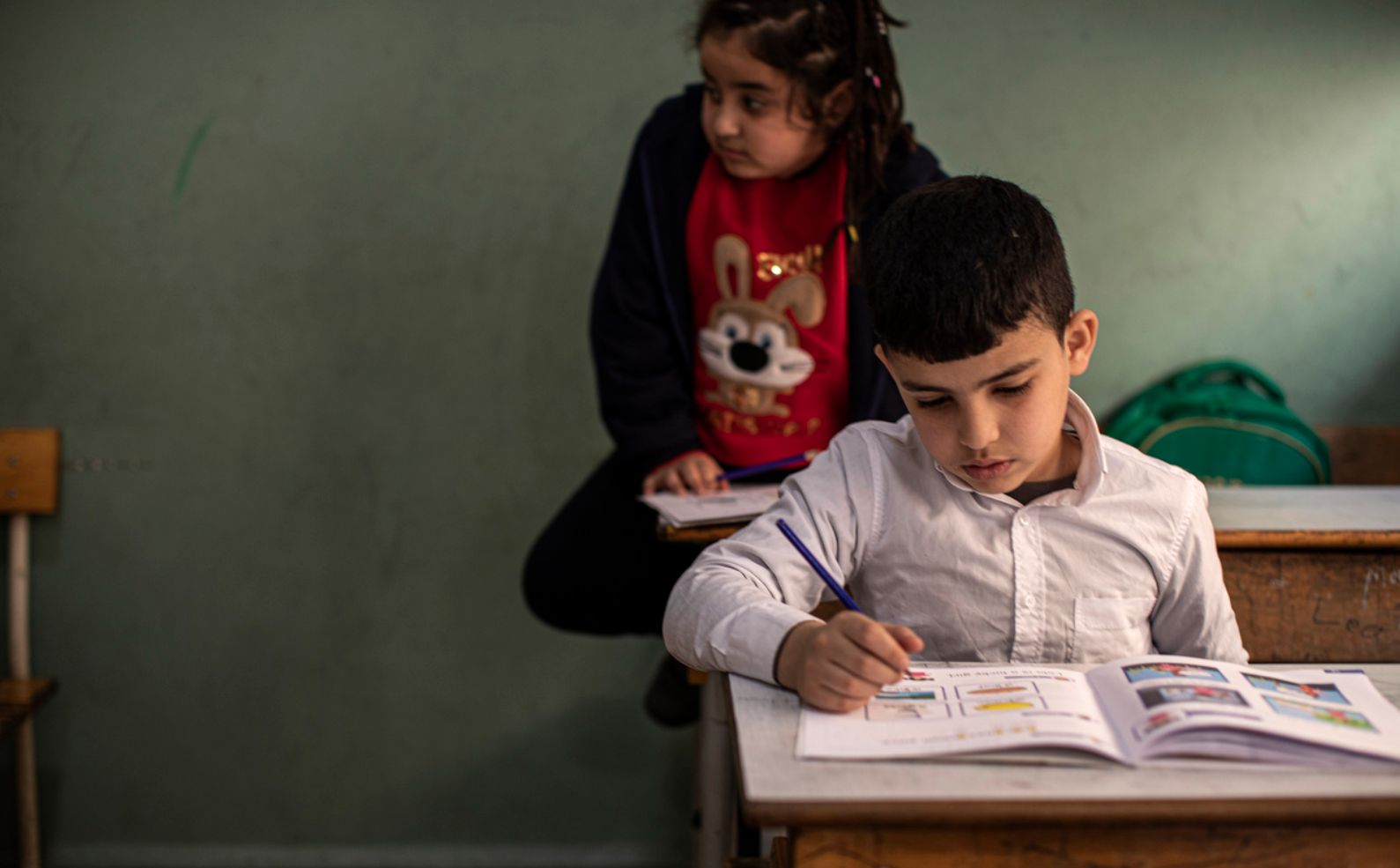
The International Finance Facility for Education (IFFEd)
The International Finance Facility for Education (IFFEd or the Facility) is a major innovation that will tackle the global education crisis and, if fully supported by the international community, be a game-changer for millions of children, giving them the quality education that they deserve.
Why do we need IFFEd?
Even before Covid-19 there were 260 million children who were out of school every day. The pandemic disrupted the education of 1.6 billion children, while 24 million may never return to school.
In 2019, international aid for education peaked at $16 billion. Theirworld has calculated that at least on average another $59 billion is needed to meet the United Nations’ goal of putting every child on the planet on course for quality education by 2030.
It’s a huge task, which needs highly innovative solutions. This is where IFFEd will step in to fill the gap and make a real and sustainable difference.
Many countries want to improve their education systems but just don’t have the money to invest, particularly in today’s world. Furthermore, because of international financing rules, when their economies grow, they begin to lose out on development aid from donor countries.

How does it work?
IFFEd “supercharges” education finance, creating new pools of funding strictly dedicated to supporting a country’s education system and existing plans.
International donor countries – the likes of the UK, Netherlands, Germany, the U.S, – supply guarantees, which are then used by multinational development banks (MDBs) to raise finance on the international money markets.
(The following MDBs so far committed to IFFEd: the World Bank, African Development Bank, Asia Development Bank and Inter-American Development Bank.)
Because the MDBs have such a strong credit rating, they will be able to raise $4 for every $1 guaranteed by donor countries.
So, if the Facility had received guarantees from donor countries of $5 billion, the banks could generate $20 billion of new finance for developing countries to spend on education. The good news is that donors do not need to pay the full guarantee up front, but only 15%. So only $750 million in cash is needed to back the $20 billion in new funding – 27 times the initial amount paid in!
There is another important part of the mechanism: donor countries also provide grants to IFFEd, which allow the MDBs to provide this new funding to countries at highly concessional rates – very low interest rates over long periods of time.
So, in this example, to unlock the $20 billion in finance to make it affordable to countries, IFFEd would receive and pass on those $2 billion in grants to those countries to use for education.
To be eligible, countries will need to have a national education plan, which includes helping the most marginalised children, and a commitment to increasing education’s share of domestic budget. They will also need to undergo a debt assessment to make sure IFFEd finance is right for them.
What will it achieve?
At a time when budgets are tight, and the world is looking for ways to respond creatively to the economic damage caused by the pandemic, IFFEd will help developing countries unlock large-scale and long-lasting education change to improve the lives and futures of millions of disadvantaged children.
Theirworld's Education Finance Playbook
A must-have practical guide for governments, donors and philanthropists to fund quality, inclusive education for all by 2030.
Next resource

